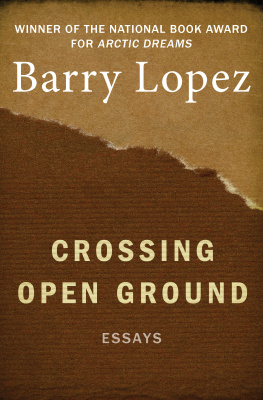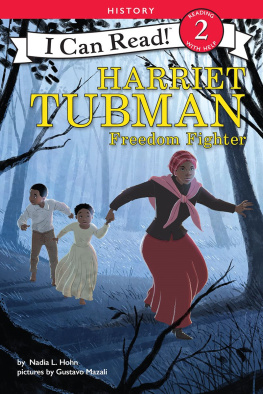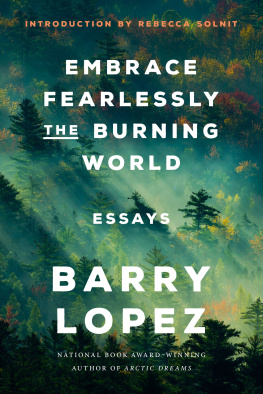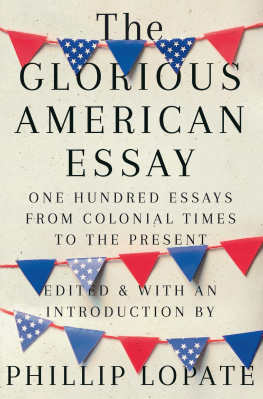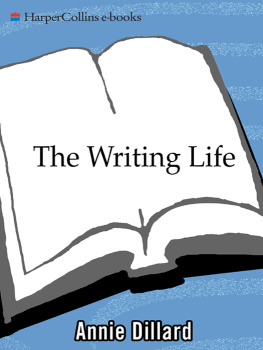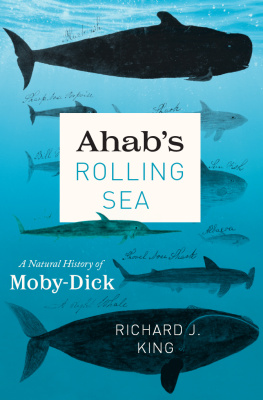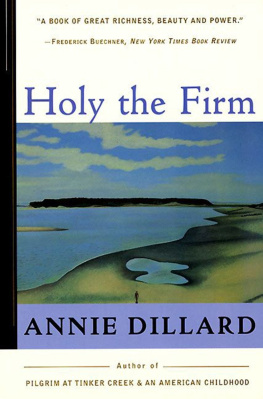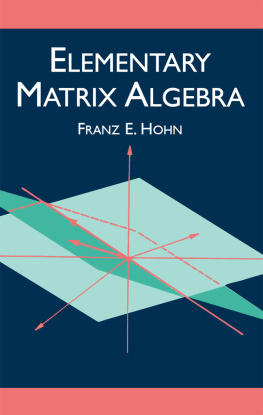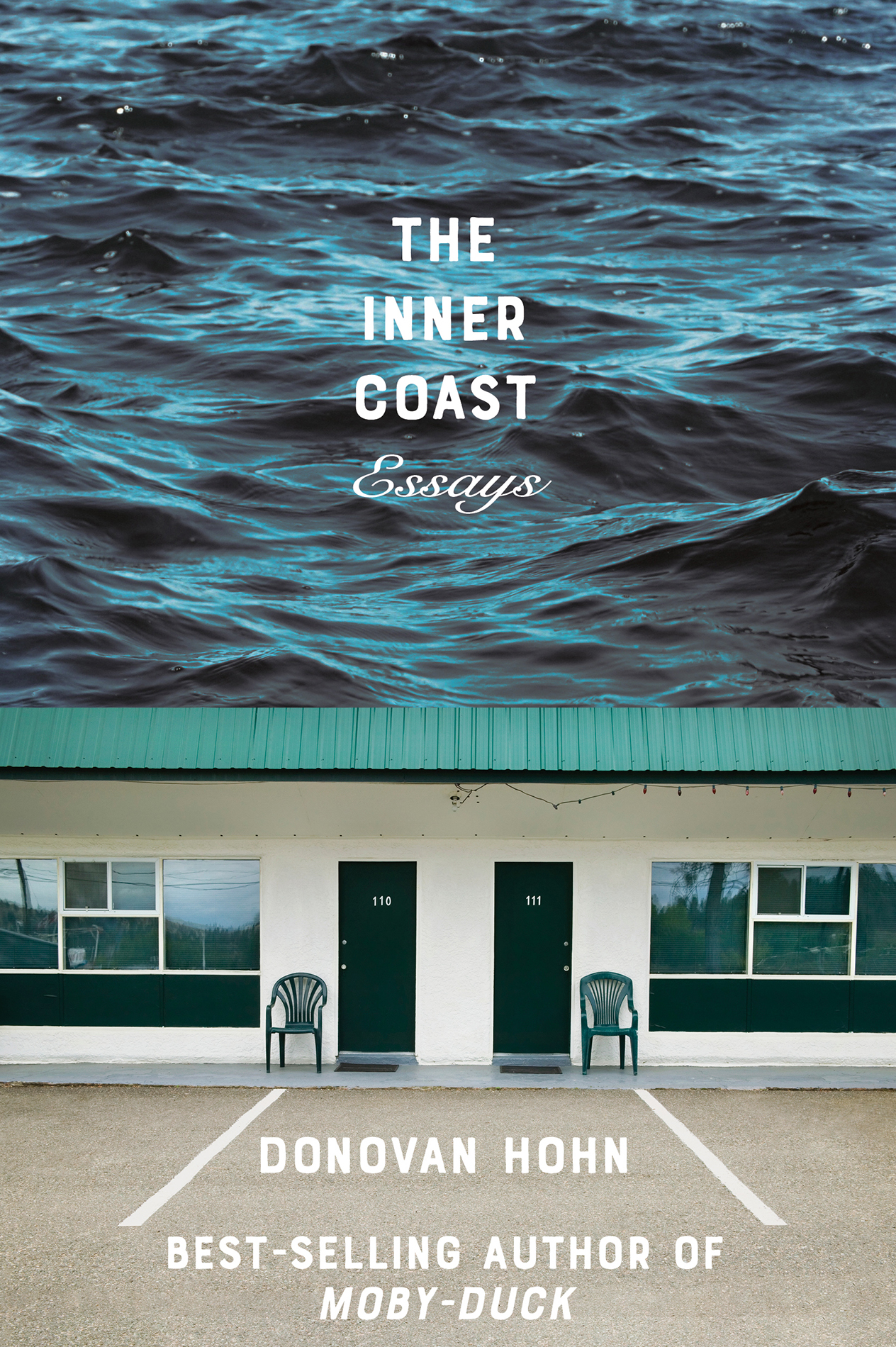Contents
Guide
Page List
More praise for
THE INNER COAST
and Donovan Hohn
Donovan Hohns prose is as immaculate and quotable as that of any writer of his generation. And while you always sense his outrage about ecological calamity, and never doubt his moral engagement, his advocacy never feels hectoring. Theres no writer living or dead I would rather read on the reliably distressing topic of environmentalism than Donovan Hohn.
Tom Bissell
Ive seldom encountered a writer with a better understanding of both the literary and the journalistic ways and means of telling a true story. Donovan Hohn thinks clearly; he writes with eloquence and force.
Lewis H. Lapham
Donovan Hohn has a diviners capacity to tap into the source and the flow of a story, whether the story is narrative or argumentative. His attention to the appearances of thingsthe false; the truetunes the readers alert-addled animal brain to the meaningful, and the terrible. As the Earth begins to resist us, to remind us that how were living will be our undoing, Hohns work is that sad, happy thing glinting in the sand: evidence of what a human mind could do, and what a human heart could yield.
Wyatt Mason
[Hohn] seems to have it all: deep intelligence, a strikingly original voice, [and] humility.
Elizabeth Royte, New York Times Book Review
THE
INNER
COAST

ESSAYS
DONOVAN HOHN

For Matthew Power
19742014
and Hannah Frank
19842017
We look at the world once, in childhood.
The rest is memory.
NOSTOS, LOUISE GLCK
Contents
THE
INNER
COAST
W e are born into stories already in progressthose our families tell or avoid telling; those recorded in history books and newspapers, or left out of them; those encrypted in biomes and geographies, even in our bodies. Every word we read or write carries with it, like vestigial mutations in a strand of DNA or like the isotopes recorded in the ear bone of a fish or like the chemical signatures preserved in a core sample of glacial ice, the history of its usage. We are surrounded by a multitude of facts whose significance is neither stable nor self-evident. Doubtful certainties, the writer Guy Davenport called such facts.
Twenty years ago, a job as a magazine fact-checker provided me with an apprenticeship in the methods of nonfiction. It taught me to be scrupulous about the details, to distinguish between credible sources and flimsy ones, to be suspicious of superlatives and round numbers, but it also made me sensitive to what Ive come to think of as the registers of facts. The register of childhood memories differs from the register of your recollections of this mornings commute. The register of a text message to a confidante differs from the register of an affidavit. Essays, so long as they register the differences, can admit speculations and fantasies and dreamswhich are also facts, doubtful certainties as real to us as those we can detect with an MRI scan or stub our toes on.
Over the years, because Im the writer in my family of origin, Ive received from far-flung relations assorted documents and artifacts, become the curator of a haphazard family archive. Not long ago, moving house, I found a box sent to me by an uncle that I hadnt bothered to open when it arrived. I ripped off the packing tape and out tumbled envelopes of photographs, newspaper clippings, letters. My unclemy mothers youngest brotherhad salvaged these findings from among his deceased parents belongings. The photographsblack-and-white family snapshots, mostlywere loose and jumbled, in no particular order. Many of them had been plucked from the weird scrapbooks my grandfather had kept. A colonel in the Army Air Forces who in civilian life had been a jazz trumpeter, in his scrapbooking my grandfather was more freestyle collage artist than archivist. Hed scissored up photos, glued one atop another, or arrayed around them documents hed also attacked with his scissors. I found a letter, dated May 21, 1944, sent from an air force base somewhere in Italy, that my grandfather, between bombing runs, had written to my mother, his firstborn child, on the occasion of her first birthday. He was sorry he couldnt be with her but promised hed be home soon. Reading the letter, I couldnt help thinking of stories Id heard from other sources, about my grandfathers temper and the bruises he left on his children. In 1944, thinking of his homecoming, hed imagined only domestic bliss. When that day rolls around, just you and mommy and I will be together all by ourselves! And will we ever have fun! he wrote. Ill just tickle you so much you wont have a chance to hide those big pearls of yours!
In another envelope I found a xeroxed copy of the programprinted in both English and Koreanfor a concert the Seoul Symphony Orchestra had performed on April 27, 1958. The evenings program had included a trumpet solo played by my grandfather and a piano duet performed by my mother and her sister, who in April of 1958 would have been fourteen and twelve, respectively. Id heard about this duet many times from relations whod mentioned it to me as evidence of my mothers hidden gifts and former life. Although the program didnt specify, I knew from my informants which score theyd chosen to play: Gershwins Rhapsody in Blue. With the program were photographs, scissored and still sticky with glue, of the two girls in their matching long skirts and matching ponytails tied back with matching ribbons, seated side by side at the keyboard of the grand piano while their father in his colonels uniform looks on. When I was growing up, we had a piano in our living room, a Schafer & Sons upright, but except when she was teaching us arpeggios and scales, I dont remember ever hearing my mother play.
I kept shuffling and came upon a letter shed written to her parents during her first semester at a womens college in Milwaukee. My father had recently paid a visit, courting her. Shed met his train, escorted him to his room at the Y. Theyd gone for ice cream, caught a showing of Breakfast at Tiffanys, whose star, Audrey Hepburn, my mother in her youth slightly resembled. The film, in her opinion, wasnt too hot. My parents have now been divorced for almost four decades, and my mother, age seventy-six, lives alone in a condo complex in exurban Connecticut where, supported by disability checks, she watches Fox News and types inflamed emails about immigrants.
Most of the newspaper clippings in the box my uncle had sentscissored from papers like the Hastings Daily Tribune and the Council Bluffs Nonpareil (motto: the key to southwest Iowa)reported on an epic bike trip my mother had taken at age twenty-one, in 1963, a bike trip I write about in the second-to-last essay collected here. Shed pedaled from Wisconsin to California, from what Ive come to think of as the inner coast of the continent to whatin the national mythos, the westering geography of the American imaginationhas, since 1849 if not before, been its outermost one, the coast of the Pacific. I was born and raised there, in San Francisco, but spent my childhood traveling between those two coastsbetween the City by the Bay and an old family farm near Lake Michigan where my mothers kin gathered for reunions.
By the 1970s, the farm was no longer operational. The family had held on to it as a kind of heritage site to which the increasingly scattered tribe would make pilgrimages, sharing meals of boiled walleye and potato salad while communing nostalgically with an agrarian past, vestiges of which survived. The place was like a museum of anachronisms. Exhibits included: An empty red barn. An outhouse with a splintered door. A hand pump that drew water from a well. Glistening helixes of amber flypaper that spiraled from the farmhouse rafters. There were also a few chickens, including one whose beheading I was made to witness as an initiation into the sort of brutal yet valuable knowledge farm life was thought to impart. Headless, the chickens body ran a single flapping lap around the chopping blocka feat both gruesome and comical.


